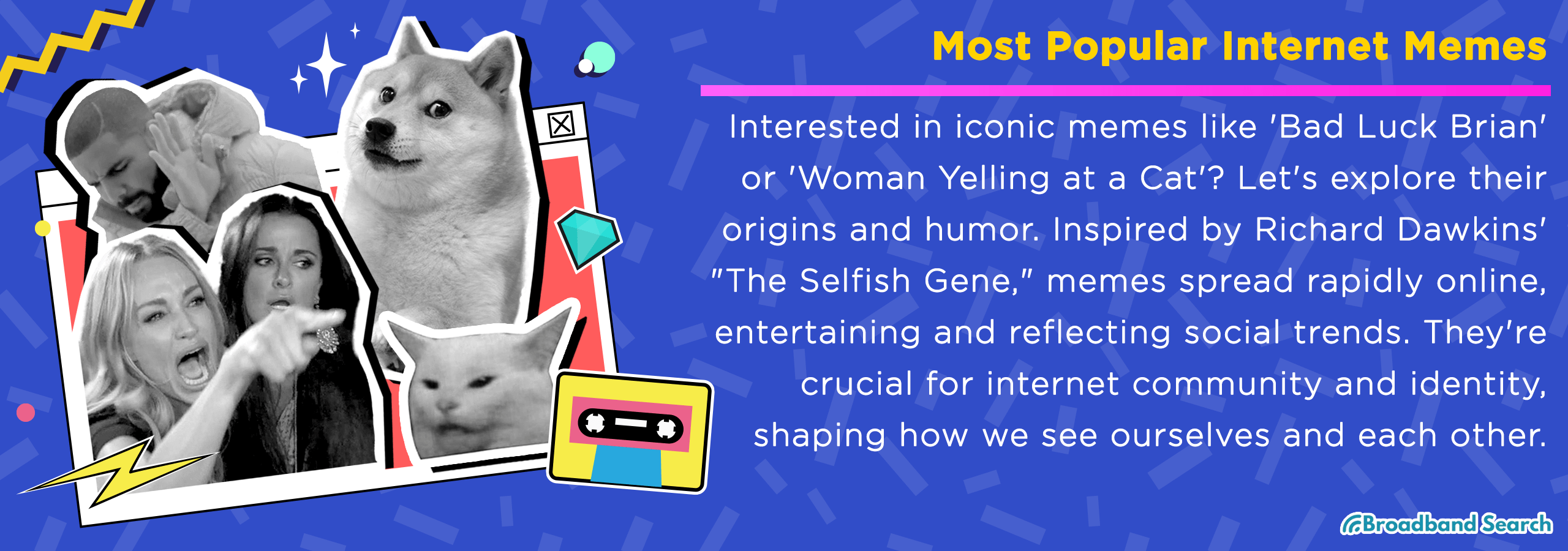Internet memes are cultural symbols and social ideas that spread virally, primarily with the intent to either amuse or make a point. Originating from Richard Dawkins' 1976 book "The Selfish Gene", the term meme initially described an idea, behavior, or style that spreads from person to person within a culture. Adapted to the digital age, internet memes are typically humorous images, videos, or texts copied and modified by internet users, with the successful ones rapidly disseminating through social media, forums, and other channels.
As a significant aspect of online culture, memes reflect and (to a limited degree) shape social and media trends, often serving as entertainment, social commentary, or both. They are a powerful tool for community building and identity formation among internet users, offering a unique way to communicate and share experiences.
The Early Days of Internet Memes
The history of internet memes traces its roots from the early days of the internet to the vibrant social media platforms of today:
- Origins of the Meme Concept: Richard Dawkins introduced the term "meme" in his 1976 book “The Selfish Gene”. Derived from the Greek word “mimema,” meaning “something imitated,” he used it to describe how cultural information spreads and evolves, much like genes.
- Early Internet Memes: The first internet memes were simple and predominantly text-based, exemplified by the chain emails of the 1990s. These early forms laid the groundwork for more complex memes.
- Dawning of the Digital Age: The late '90s and early 2000s marked a pivotal moment for internet memes. One of the first iconic internet memes, the “Dancing Baby”, was a 3D-rendered animation that became widely shared across the internet.
- Rise of Image Memes: With technological advancements and faster internet speeds, image-based memes gained popularity. Memes like “Pepe the Frog” became an internet sensation. The format was usually a relatable or humorous picture with bold, overlaid text. Websites like Meme Generator facilitated the creation and sharing of these memes.
- Multi-Media Memes Era: In the 2010s, memes evolved to include videos and GIFs. Dynamic and participatory memes like “Harlem Shake” and “Gangnam Style” demonstrated that memes could extend beyond static images.
- Memes Today: Presently, memes are an integral part of online culture, prevalent on all social media platforms. They have become a universal language, used for everything from everyday humor to political commentary. Today's memes vary in form, including image macros, GIFs, TikTok videos, and Twitter threads.
Rise of Meme Culture in Social Media Era
Impact of Major Social Media Platforms
- Youtube: YouTube's impact on meme culture is substantial due to its role as a primary platform for video content. Memes often originate from or are propagated by viral YouTube videos. YouTube's global reach and diverse user base contribute to the rapid spread of memes.
- Twitter: On Twitter, the creation of memes typically doesn't revolve around a single image. Twitter memes often focus on current events and social issues, combining humor and commentary. Hashtags and retweets help them spread fast and go viral.
- Facebook: Facebook has significantly influenced meme culture by providing a platform for rapid sharing and virality, fostering community building through meme-focused groups, and serving as a medium for cultural commentary and satire. Its global reach allows memes to transcend cultural and geographical boundaries, often leading to their adaptation in different contexts.
- Instagram: Instagram's focus on visual content makes it a fertile ground for meme culture. They have evolved into forms of surrealist art, pop culture artifacts, and a medium for humorous expression.
The Shift to Short-Form Videos on Vine and TikTok
The rise of short-form video content, pioneered by Vine in 2013 with its six-second videos, revolutionized digital content creation. Vine's concise format led to the spread of viral content and memes, highlighting the potential for engaging narratives within a brief time frame.
TikTok, launched in 2017, further propelled the short-form video trend, offering 15 to 60-second videos. TikTok's influence extended to marketing strategies, emphasizing the power of short, engaging videos to capture attention.
Following TikTok's success with short-form videos, platforms like Instagram and YouTube have introduced similar features. Facebook’s Instagram Reels and YouTube Shorts were developed to capture the attention of the younger audience and compete with TikTok's engaging content format. These platforms aim to stay relevant in the fast-evolving social media landscape, leveraging the popularity of short, compelling videos to attract users and advertisers alike.
Popular Memes and Their Backstories
Behind every popular meme lies a backstory that often reveals much about the zeitgeist of its time. Let’s talk about how some popular memes came to be.
Distracted Boyfriend
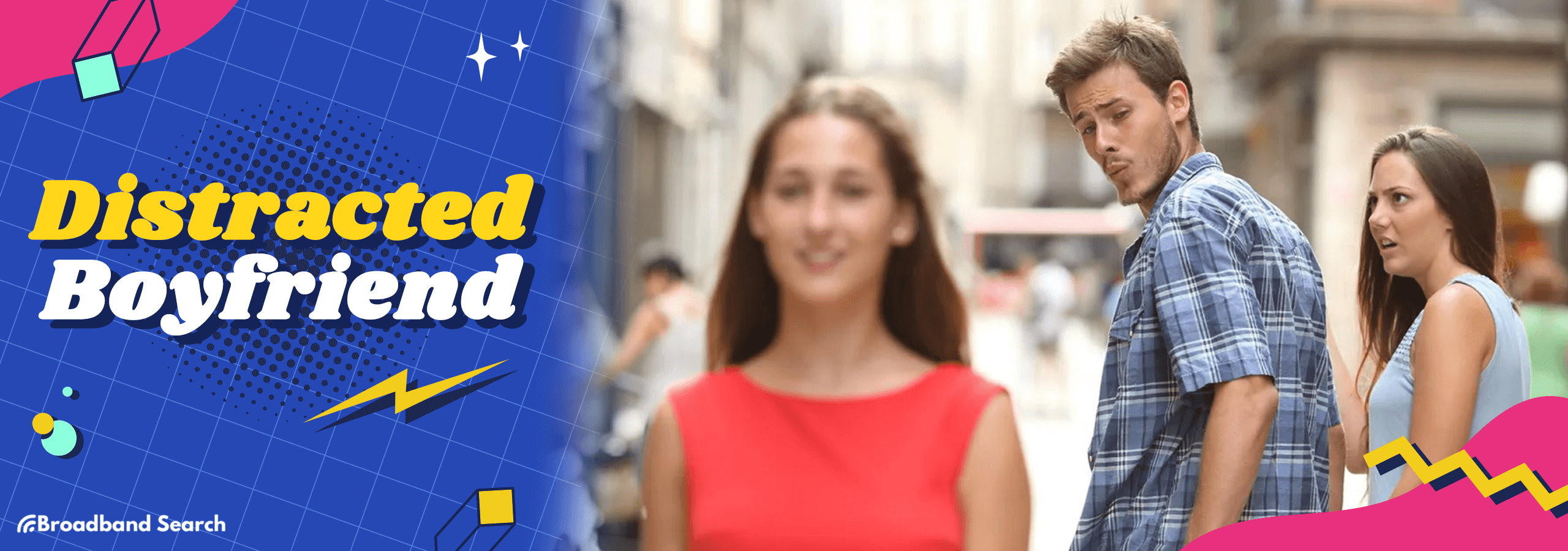
The "Distracted Boyfriend" meme, known for its wide popularity and versatile format, originated from a stock photo taken by Spanish photographer Antonio Guillem. Captured in 2015, the image features a man looking at another woman while walking with his girlfriend, a scenario Guillem intended to portray infidelity in a playful manner. The photo was taken in Gerona, Catalonia, Spain, and is part of a series that Guillem shot with the same models, exploring various themes.
The meme first appeared in its edited form in early 2017 on a Turkish Facebook group. Initially, it didn't gain much attention, but by mid-2017, it became a viral sensation, widely used to depict humorous situations of distraction and unfaithfulness.
The meme's popularity and adaptability led to its inclusion in various lists of top memes in 2017 and even won the Best Meme of 2017 at the 10th Annual Shorty Awards.
Blinking White Guy
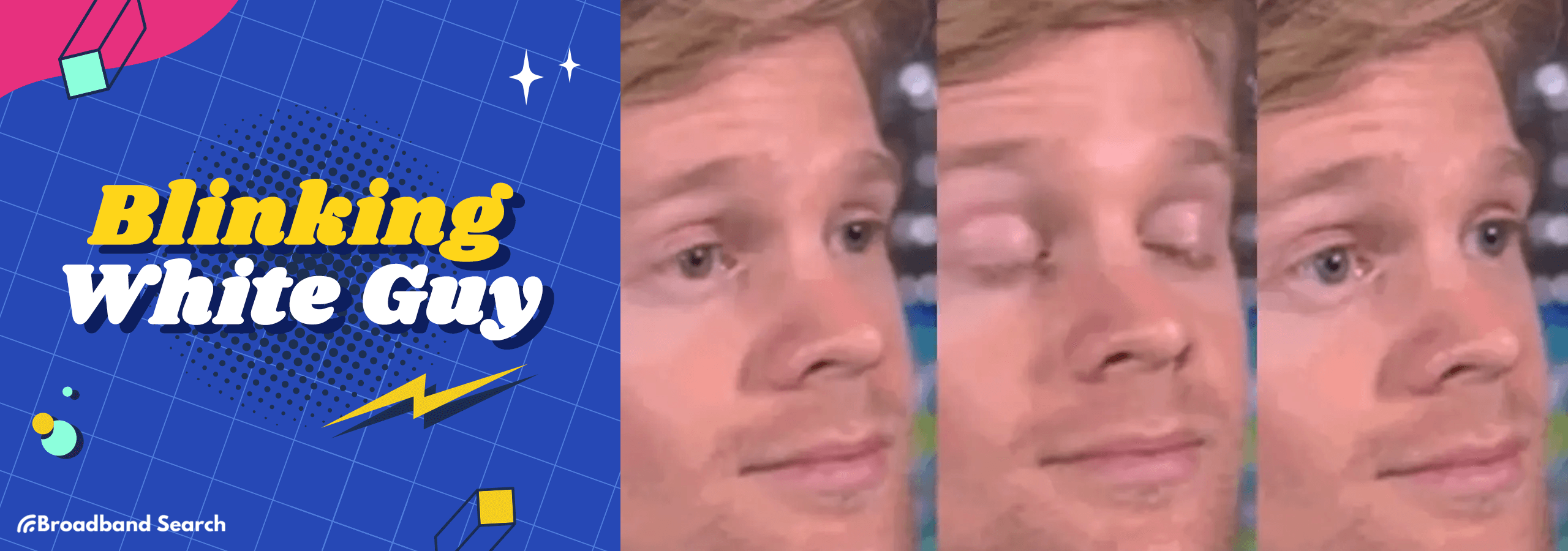
The Blinking White Guy meme, featuring Drew Scanlon, emerged from a seemingly ordinary moment during a video game webcast. Scanlon was working as a video editor at Giant Bomb (a gaming website) and appeared on their show "Unprofessional Fridays." The memorable scene that sparked the meme occurred in a 2013 episode when Scanlon reacted with a double-take to a comment made by his editor, Jeff Gerstmann, about "farming with my hoe" while playing the game Starbound.
The GIF capturing Scanlon's blinking reaction lay relatively dormant until it surged in popularity in February 2017. Its first significant use on Twitter depicted a student's bewildered reaction to a biology class, gaining nearly 50,000 retweets. The GIF's adaptability and simplicity allowed it to be used in various contexts, contributing to its enduring popularity.
Disaster Girl
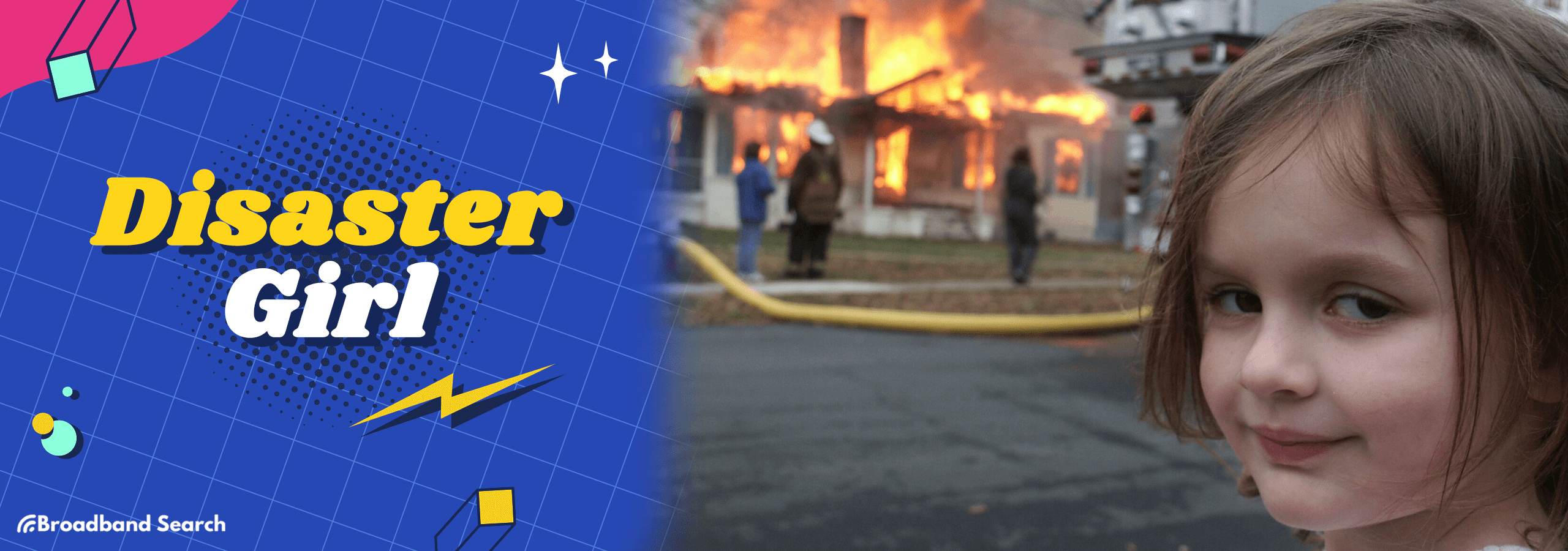
The "Disaster Girl" meme originated from a photograph taken in January 2005, featuring four-year-old Zoë Roth. Her father, Dave Roth, captured her mischievous smirk in front of a controlled burn in Mebane, North Carolina. The photograph won a contest in 2007 and gained viral popularity after being posted on websites like Buzzfeed and JPG Magazine.
Zoë Roth, the subject of the photo, capitalized on its fame by selling a non-fungible token (NFT) of the image for $500,000 in April 2021.
Overly Attached Girlfriend
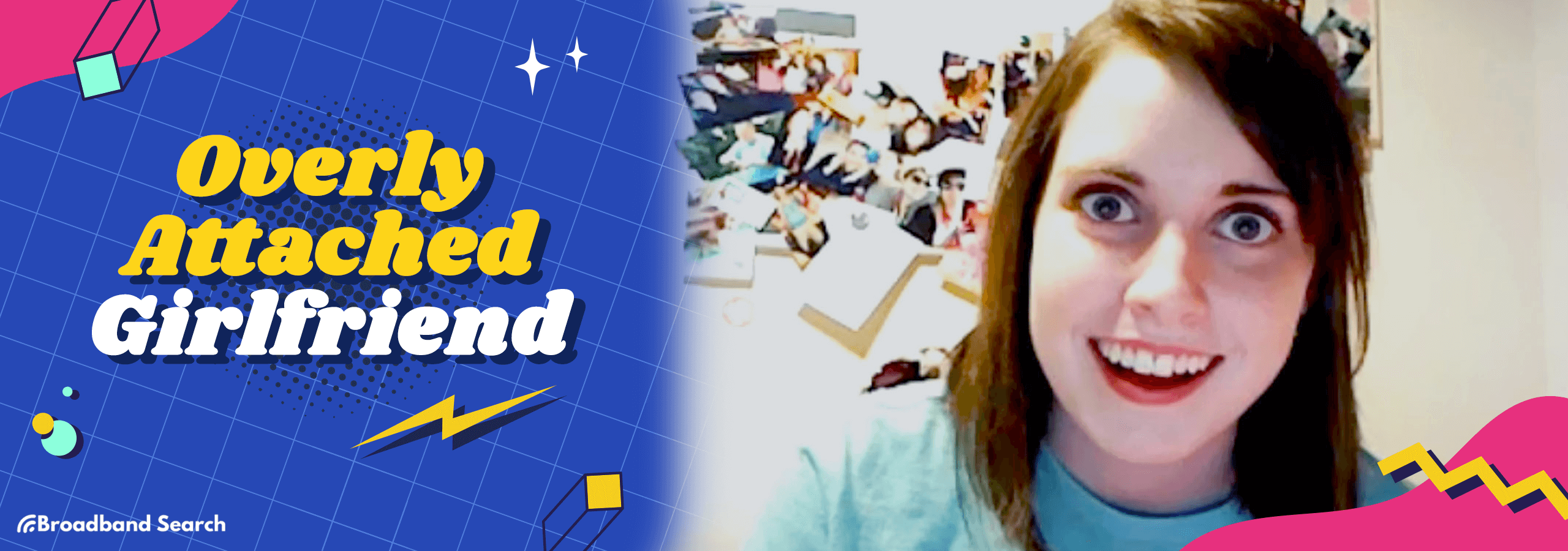
Laina Morris's creation of a YouTube video parodying Justin Bieber's "Boyfriend" marked the inception of the Overly Attached Girlfriend meme. Uploading her rendition on June 6, 2012, she altered the song's lyrics to humorously depict a clingy girlfriend. This video, a response to Bieber's fan contest for a "Girlfriend" version of his song, quickly became a sensation. The distinct image of Morris, characterized by her intense, wide-eyed stare, solidified into a widely recognized meme format.
Morris' portrayal in the video resonated with viewers and led to the creation of numerous memes and spin-offs. The character was humorously depicted as an obsessively attached girlfriend, with various captions that exaggerated clingy and overly devoted behaviors in a relationship.
Following the meme's success, Morris embraced her internet fame and created additional content, including charity work and humorous videos. She also made appearances on various platforms, such as "Late Night with Jimmy Fallon".
Bad Luck Brian
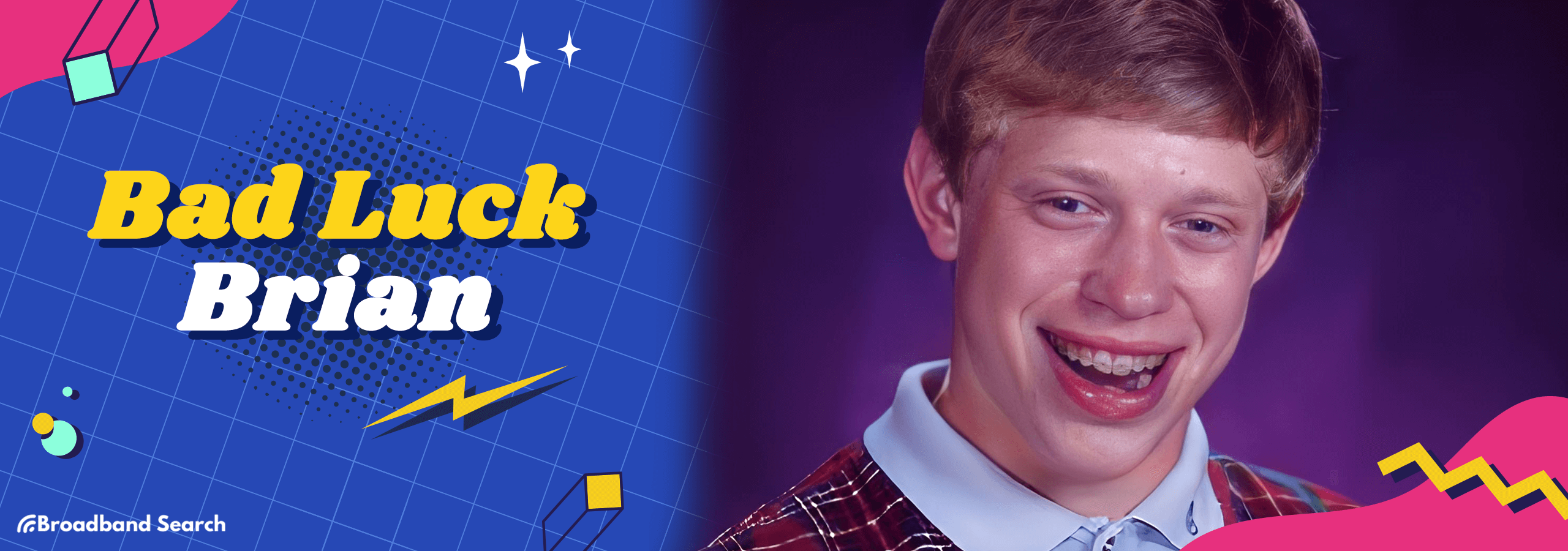
Originating in 2006 from a high school yearbook photo, the Bad Luck Brian meme features Kyle Craven. Known for his intentionally goofy smile and disheveled hair, Craven's photo quickly gained popularity after his friend Ian Davies uploaded it to Reddit on January 23, 2012. The photo was initially taken for the 2005–06 yearbook at Archbishop Hoban High School in Akron, Ohio. Craven enhanced his appearance for the photo by reddening his face and making a funny face, a version of which was saved before the school principal had him retake it.
Craven's meme persona has appeared in various forms, including media content, merchandise, and advertising campaigns. On March 9, 2021, the meme was sold for $36,000 as a non-fungible token (NFT).
Salt Bae
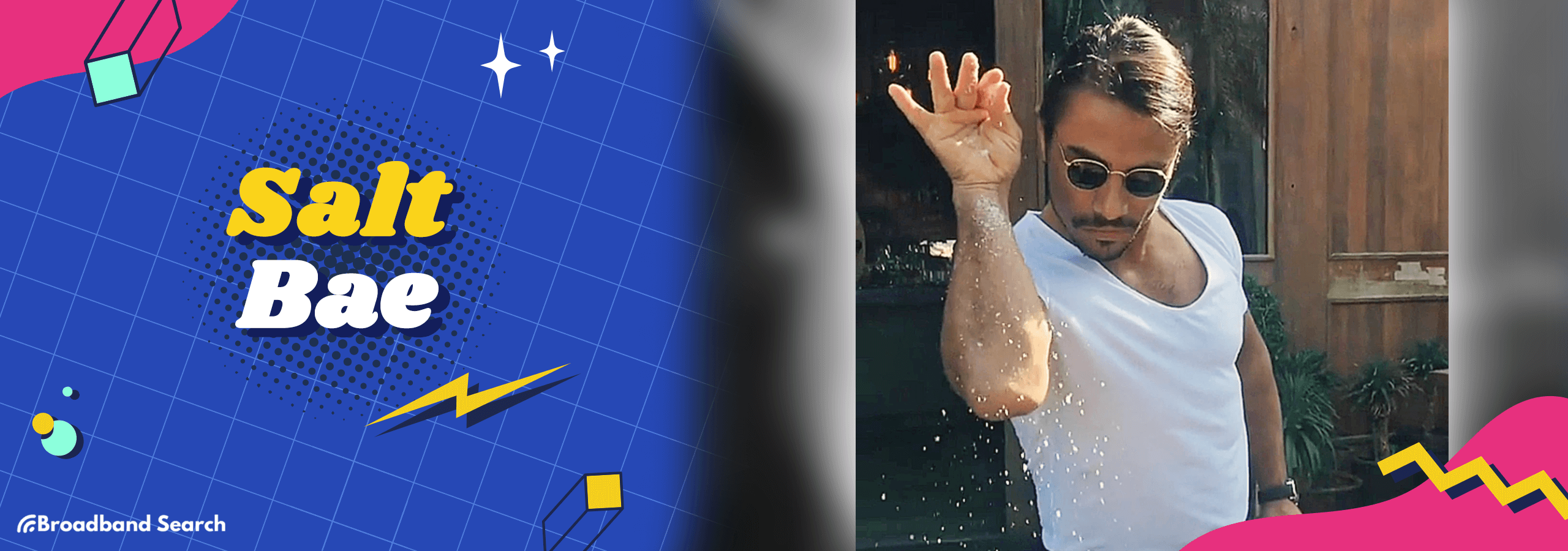
Featuring Turkish chef Nusret Gökçe, the Salt Bae meme became a viral sensation after a video of him flamboyantly sprinkling salt on a carved steak was posted on Instagram on January 7, 2017. In the video, Gökçe showcases his unique and dramatic style of preparing and seasoning meat, particularly the now-iconic salt sprinkle. The video's flair and Gökçe's suave demeanor quickly captured the internet's attention.
Gökçe's technique and charismatic persona in the video led to the "Salt Bae" nickname. His meme status transcended social media platforms, as it was shared and enjoyed widely on various networks, including Twitter and Facebook. The meme often depicted Gökçe's signature salt-sprinkling gesture in various humorous contexts and scenarios.
Success Kid
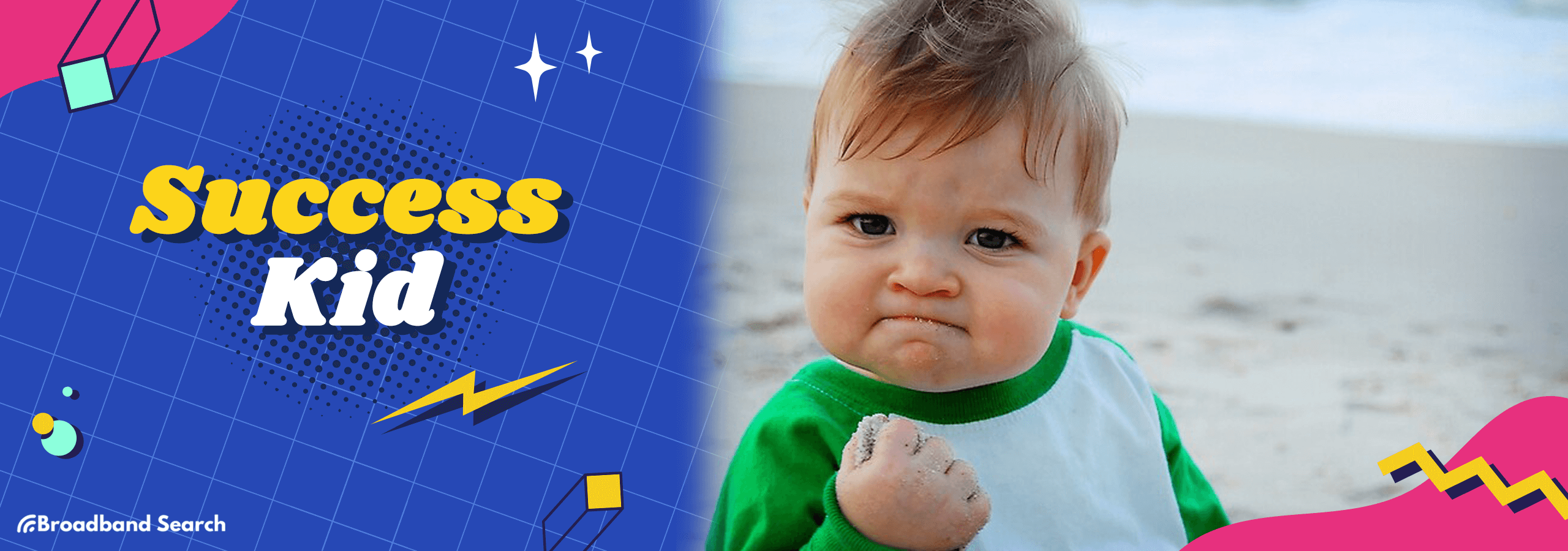
The Success Kid meme, featuring a baby with a determined expression and clenched fist, originated from a photo taken in 2007. The baby in the image, Sam Griner, was just 11 months old when the photo was taken by his mother, Laney Griner, during a beach outing. Initially, she shared the photo on Flickr, capturing Sam apparently eating sand. The picture gained immediate attention, but it wasn't until 2008 that it began spreading as a meme.
Initially, the photo was used with various captions, some of which were negative. However, the meme eventually became popular under the title "Success Kid," depicting situations of unlikely success. This title resonated deeply with the Griner family, as Sam was born prematurely and had undergone brain surgery at six weeks old. The meme's positive connotation as "Success Kid" was seen as fitting and heartwarming by his parents.
Sam's mother, Laney Griner, took control of the image's copyright in 2012, licensing it for various advertisements and campaigns, including ones for Coca-Cola and Virgin Mobile UK. The image was even used by Barack Obama's presidential staff in 2013 for an immigration reform campaign.
Woman Yelling at a Cat
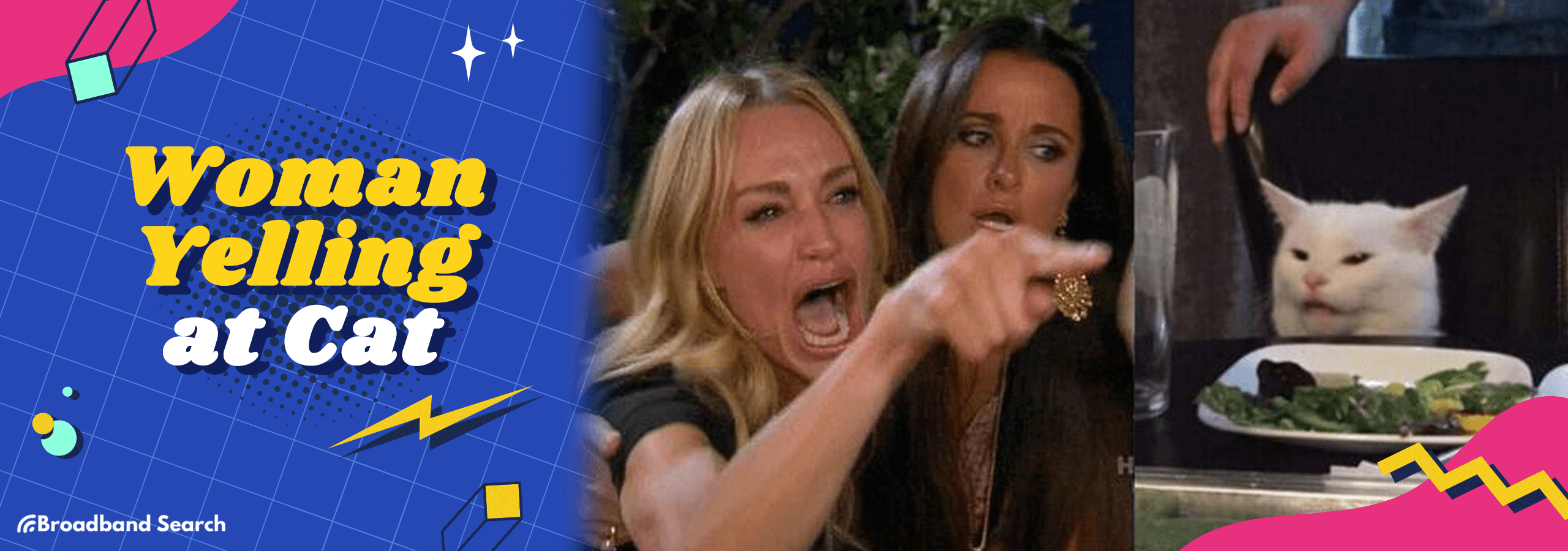
The Woman Yelling at a Cat meme, a humorous blend of two unrelated images, showcases Taylor Armstrong from "The Real Housewives of Beverly Hills" in a distressed state, alongside a photo of Smudge, a white cat with a confused expression. Armstrong's image comes from a 2011 episode, while Smudge's was taken in 2018 by his owner, Miranda Stillabower, and went viral on Tumblr.
In May 2019, Twitter user @MISSINGEGIRL combined these images, creating a format that gained immense popularity for its ability to depict contrasting reactions humorously. Smudge's fame grew, culminating in an Instagram account and merchandise, and the meme was celebrated as one of the best of 2019 and the 2010s, winning Meme of the Year at the 2020 Shorty Awards.
Doge

Originating from a photo of Kabosu, a female Shiba Inu, the Doge meme showcases a distinctive look with multicolored Comic Sans text arranged in a scattered format. Kabosu became famous in 2010 when Sato posted her picture on a blog.
The term "Doge" dates back to 2005 from the Homestar Runner puppet series. The meme saw a surge in popularity on platforms like Reddit and Tumblr. The meme's impact extended to the creation of Dogecoin, a cryptocurrency, and influenced various cultural and entertainment sectors.
Drakeposting
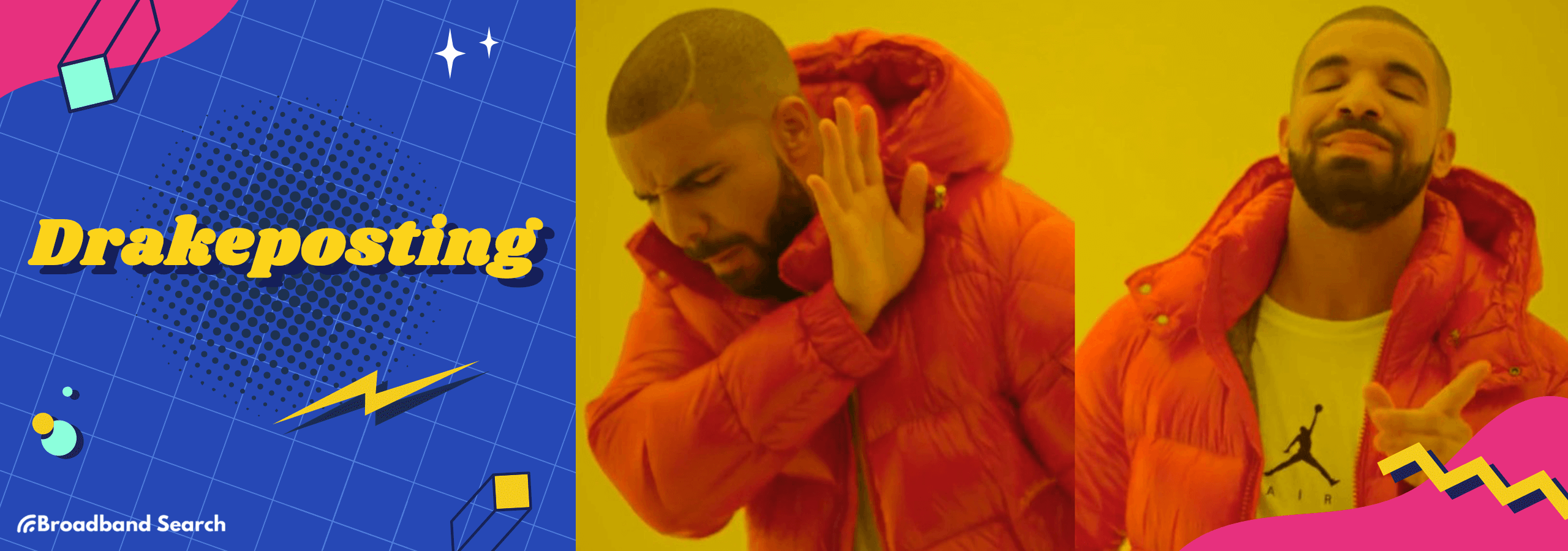
Drakeposting is a meme format that uses two screenshots from the music video of Drake's 2015 hit "Hotline Bling". This format is known for showing Drake's contrasting reactions to two different things, typically used to express a preference or an opinion.
The meme began circulating on 4chan's video game board in mid-2015 and gained popularity across various online platforms by 2016. It has evolved to include photoshopped versions where other characters or celebrities replace Drake, each adhering to the same format of showing preference.
Michael Jordan Looking at iPad
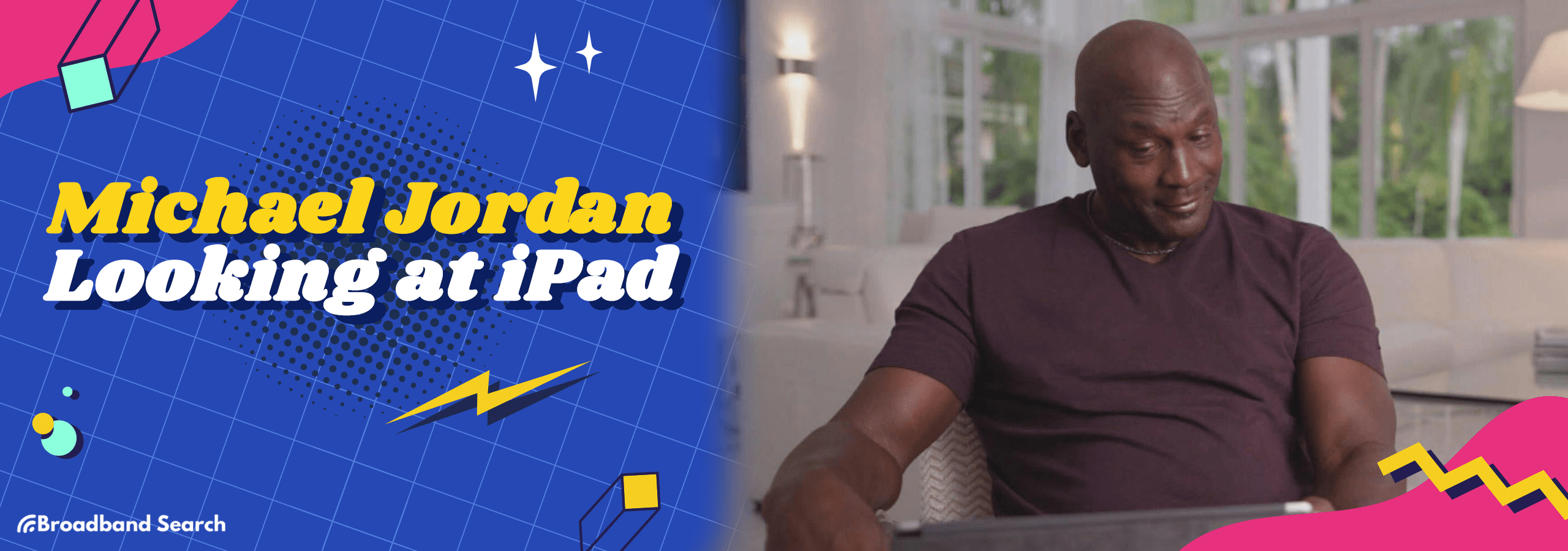
The Michael Jordan Looking at iPad meme originated from the ESPN documentary series "The Last Dance," which aired in 2020. This meme features a scene where Jordan reacts to comments made by former basketball player Isiah Thomas during the 1991 Eastern Conference finals. The image of Jordan looking at the iPad and his reaction became a focal point for the meme.
The meme gained popularity when it was shared on Twitter, receiving widespread attention and numerous retweets. Users on Twitter quickly began applying Jordan's reaction to various humorous and relatable scenarios, from daily life situations to sports commentary. This meme has since been celebrated for its versatility and has joined the ranks of other popular Michael Jordan memes, showcasing Jordan's continued influence in sports and internet culture.
Beyoncé Megan Thee Stallion Grammy Win Reaction

The reaction of Beyoncé and Megan Thee Stallion to their Grammy win for Best Rap Song in 2021 became a notable meme. The image capturing Beyoncé's reaction as she learned about tying the record for the most Grammy wins ever by an artist, alongside Megan Thee Stallion, conveys a sense of shock and disbelief. This moment, which took place during the 63rd Annual Grammy Awards, quickly spread on social media, with fans and viewers using it to depict various humorous scenarios of surprise or realization.
The image was widely shared and meme-ified, with people relating it to different contexts, demonstrating the meme's versatility and relatability. This meme is part of a broader trend where significant moments during live broadcasts, especially award shows, become fodder for internet humor and commentary. Beyoncé and Megan Thee Stallion's reactions were genuine and captured a significant milestone, making the meme not only funny but also a representation of a historic moment in music.
She's A 10 But / He's A 10 But
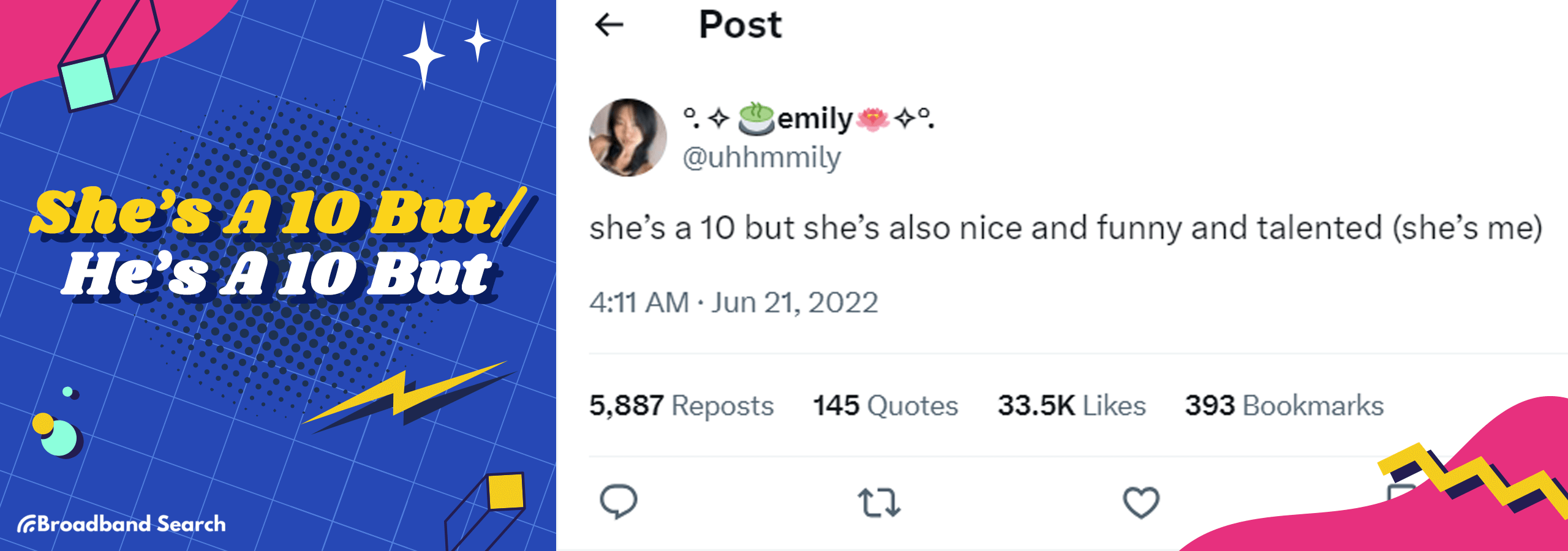
The "She's A 10 But / He's A 10 But" meme, also known as The Rating Game, originated on TikTok in late May 2022. The trend was started by TikToker @leahhwoodss, who posted a video where she and her friends rated hypothetical people based on their attractiveness, but with a twist.
The game involves giving a person an initial attractiveness score, then modifying that score based on a certain trait or behavior that might be considered a dealbreaker. For example, "He's a six but he drives a nice truck, what does that make him?" The game quickly gained popularity and spread across TikTok, with various users participating and offering their own versions of the game.
Barbenheimer
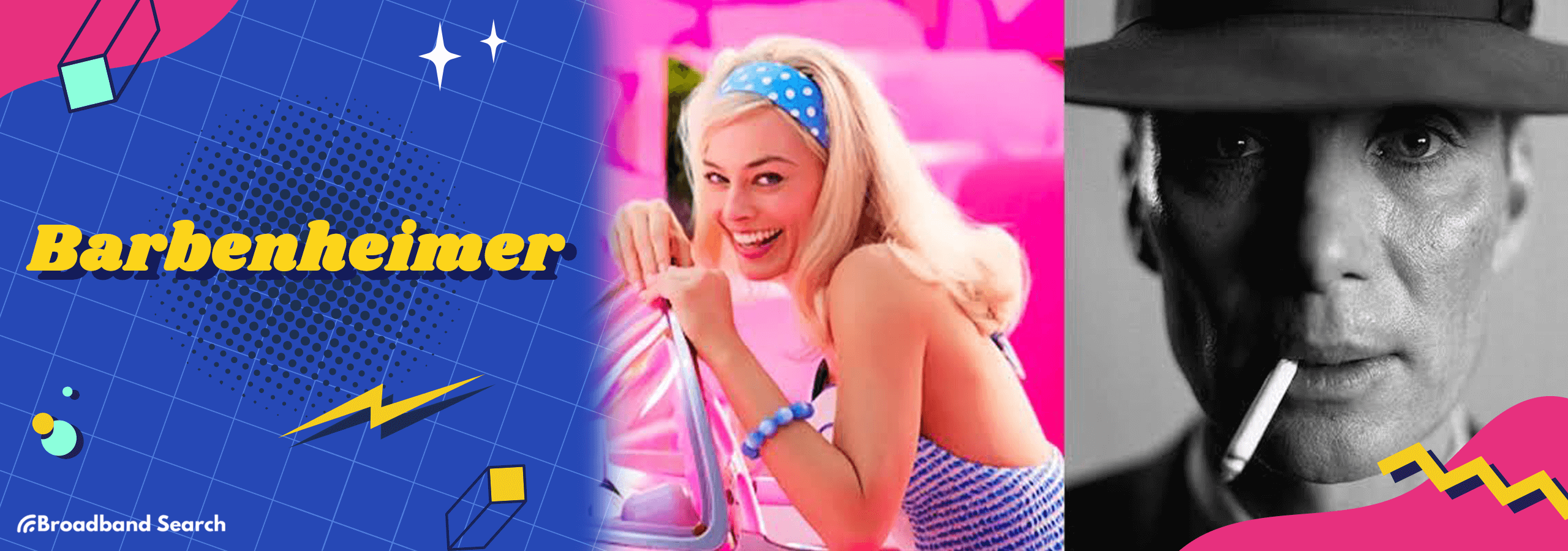
The term Barbenheimer emerged as a cultural phenomenon surrounding the simultaneous theatrical release of two distinct films: Warner Bros. Pictures' "Barbie" and Universal Pictures' "Oppenheimer," on July 21, 2023. The word is a portmanteau combining the titles of these films. This unique blend reflects the excitement and intrigue generated by the contrasting nature of the two movies - one being a light-hearted film about a popular fashion doll, and the other, a biopic about J. Robert Oppenheimer, the physicist known for his role in the development of the atomic bomb.
The term "Barbenheimer" became a catchy way to discuss the joint excitement for both films. It inspired a trend where people encouraged others to watch both movies on the same day, effectively as a double feature, and led to the creation of memes that humorously merged elements of both films.
Letting Intrusive Thoughts Win
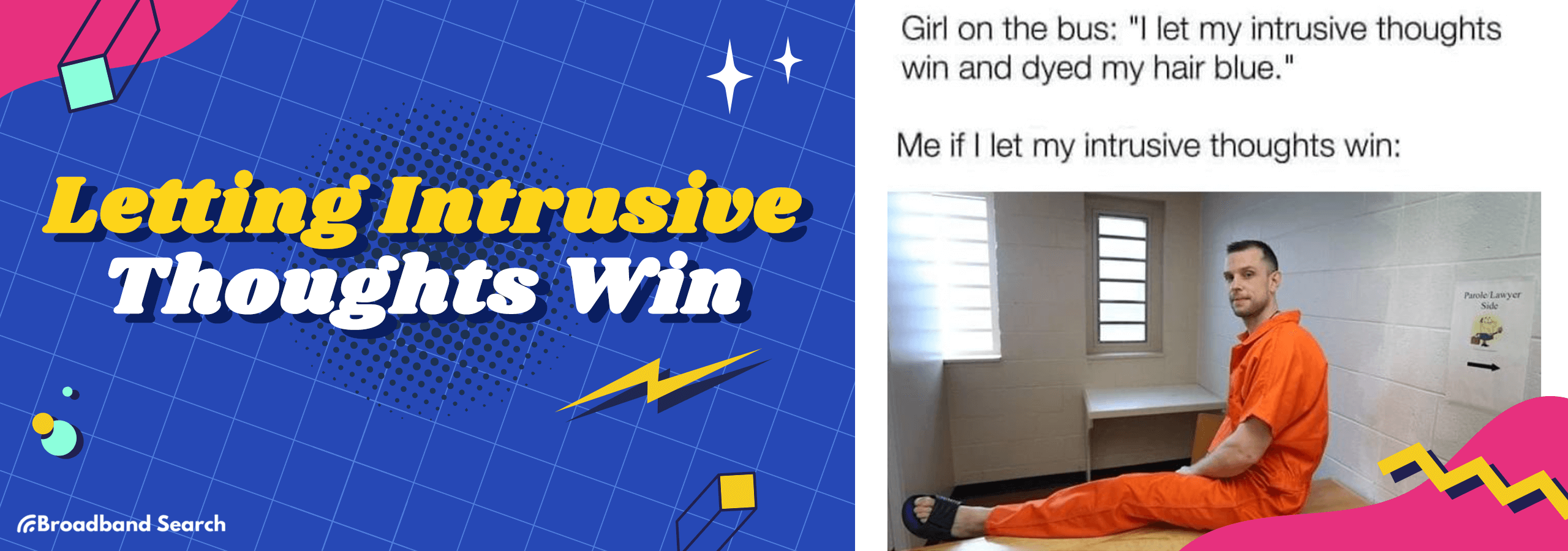
The Letting Intrusive Thoughts Win meme, which emerged on social media platforms like Twitter and TikTok in mid-2022, humorously captions behaviors that break social norms, often confusing impulsive actions with intrusive thoughts. This meme format became viral as users shared scenarios imagining the outcomes of giving in to these thoughts, spreading across various digital spaces and evolving into a broader discussion on mental health and the misunderstanding of intrusive thoughts versus impulsivity.
Criticism has emerged around the casual use of the term "intrusive thoughts" within this meme trend, highlighting the potential trivialization of serious mental health issues, such as OCD. Mental health professionals stress the importance of distinguishing between genuinely distressing intrusive thoughts and mere impulsive behavior, advocating for a more mindful approach to the content we create and share online.
The Darker Side of Meme Culture
Spread of Misinformation and Offensive Content
Due to their straightforward design, ease of sharing, and ability to evoke strong emotions, memes are often used as tools for spreading misinformation, fake news, and propaganda. Their tendency to propagate harmful narratives rapidly can have significant real-world impacts. The often humorous nature of memes can conceal their potential dangers, making them more insidious vehicles for false information.
Copyright Issues and Fair Use Debates
Memes often use copyrighted material without permission, leading to debates over fair use and copyright infringement. The transformative nature of memes, where original content is modified and repurposed, often falls into a gray area regarding copyright law. This raises questions about how memes can use copyrighted materials under the guise of parody or satire.
In a notable case illustrating the complex legal landscape surrounding memes, Laney Marie Griner, the mother of Sam Griner, depicted in the "Success Kid" meme, issued a cease and desist letter to Congressman Steve King. Griner's legal action objected to King's use of the meme in his campaign fundraising, citing copyright infringement and violation of her son's likeness rights.
Internet Memes in the Context of Online Behavior and Cyberbullying
While memes can foster a sense of community and shared humor, they also have a darker aspect regarding online behavior. Memes can be used for cyberbullying and spreading hate speech, exploiting humor to disseminate harmful and discriminatory content.
The Future of Internet Memes
AI-generated Memes
The future of internet memes is rapidly evolving with the integration of AI, revolutionizing meme creation. AI meme generators, using machine learning and algorithms like natural language processing, produce new memes by analyzing patterns in existing ones.
As AI continues to refine meme generation, traditional, manually crafted memes contrast with the novel, data-driven approach of AI-generated content. Future advancements in AI are expected to refine further the humor of memes, potentially transforming digital marketing strategies by allowing brands to generate customized content on a large scale.
The Bottom Line
In the journey through internet memes, we've observed their transformation from simple online humor to complex symbols of our era. They offer a unique lens to view and understand the ever-evolving digital culture, highlighting societal trends, values, and ideologies.
As we look forward, memes stand at the forefront of shaping digital communication and cultural narratives. Integrating emerging technologies like AI promises to change their creativity and impact. This evolution positions memes as a reflection of our collective consciousness and a significant influencer in the digital landscape.
FAQ
What is an internet meme?
An internet meme is a piece of media, typically humorous in nature, that spreads rapidly online, often evolving or being remixed in the process. It can be an image, video, phrase, or any digital content that gains popularity and is widely shared across the internet.
How did internet memes first start?
Internet memes originated in the early days of the internet as simple jokes or concepts shared within small online communities. The term 'meme' itself was coined by Richard Dawkins in 1976 to describe an idea, behavior, or style that spreads within a culture. Online, this concept evolved to represent viral digital content.
What platforms are most influential in spreading internet memes?
Social media platforms like Facebook, Twitter, Instagram, and Reddit are highly influential in spreading internet memes. More recently, video-sharing platforms like TikTok have also become significant in meme dissemination, with their short-form video format lending itself well to the quick spread of meme content.
How do memes impact popular culture?
Memes have a substantial impact on popular culture. They often reflect and comment on current events, societal trends, and public sentiments. Memes can shape public opinion, influence language and communication styles, and even affect marketing and advertising strategies.
What are some examples of the earliest internet memes?
Some early examples of internet memes include the 'Dancing Baby' (also known as 'Baby Cha-Cha-Cha'), which became popular in the late 1990s, and 'All Your Base Are Belong to Us,' a phrase from the 1989 video game "Zero Wing" that gained viral popularity in the early 2000s.

